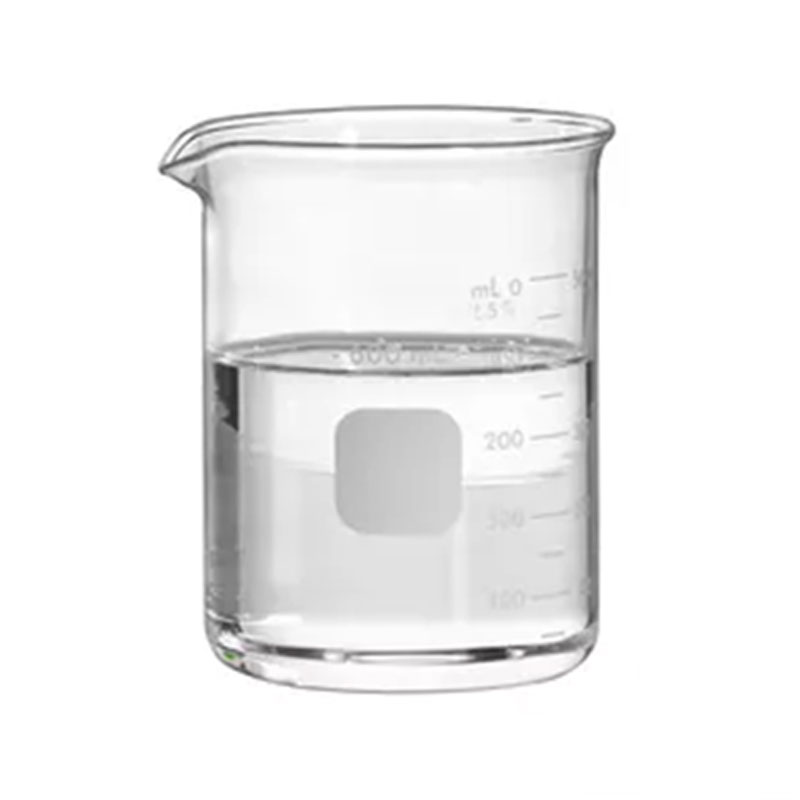

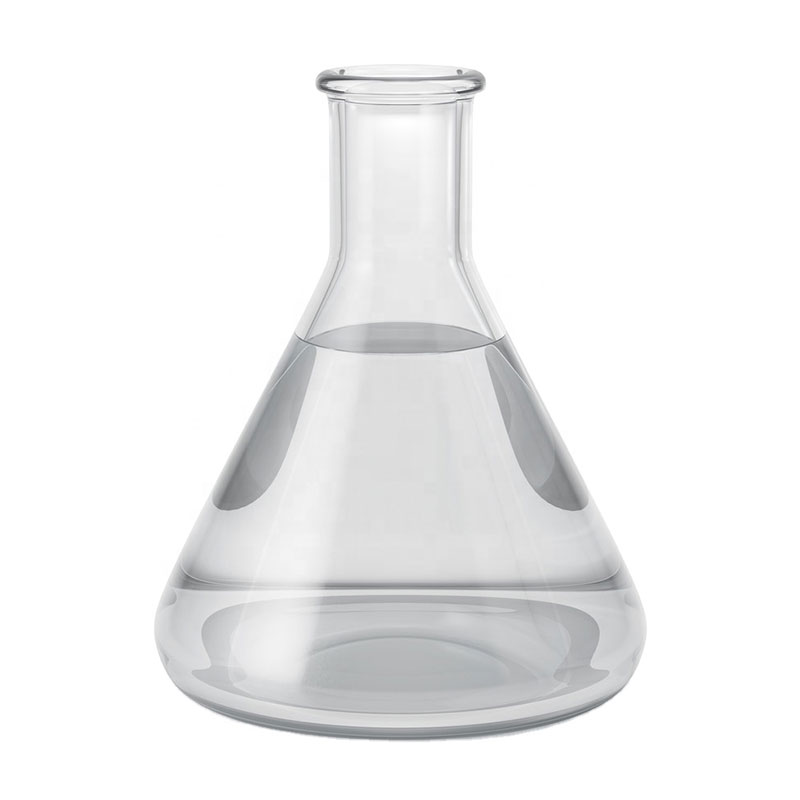
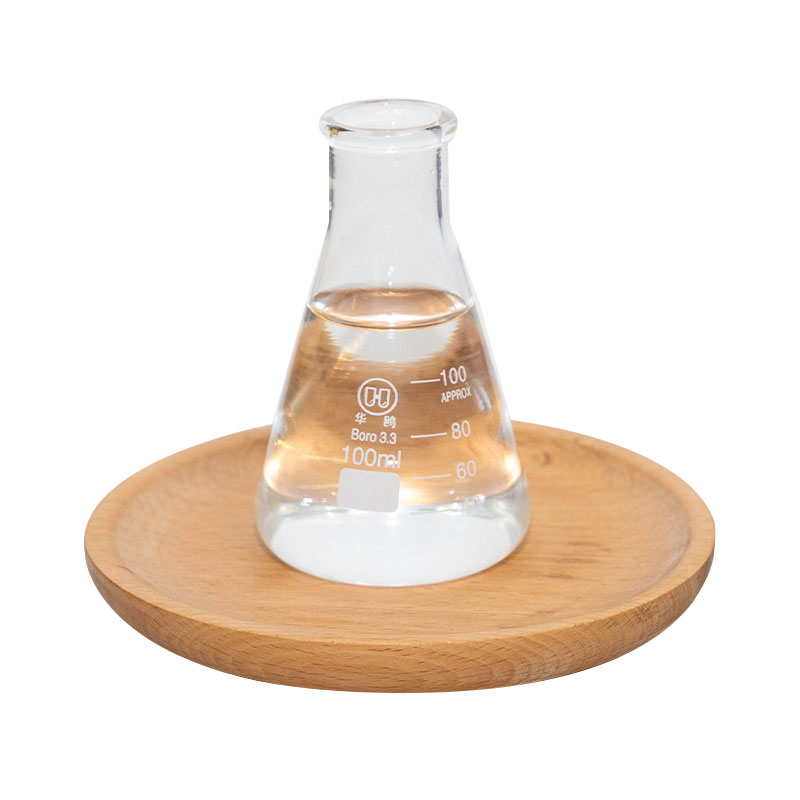
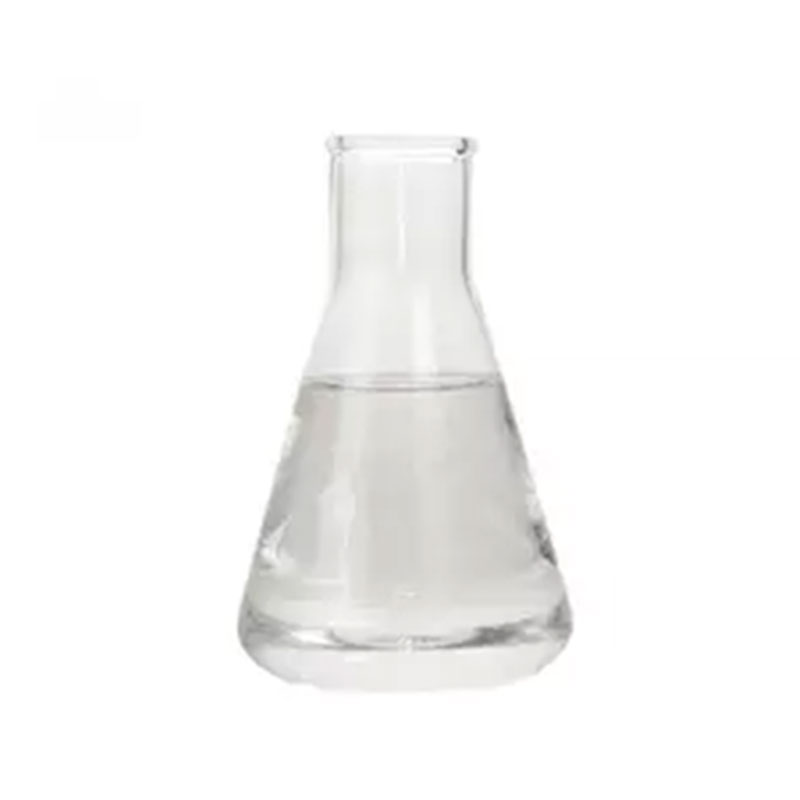
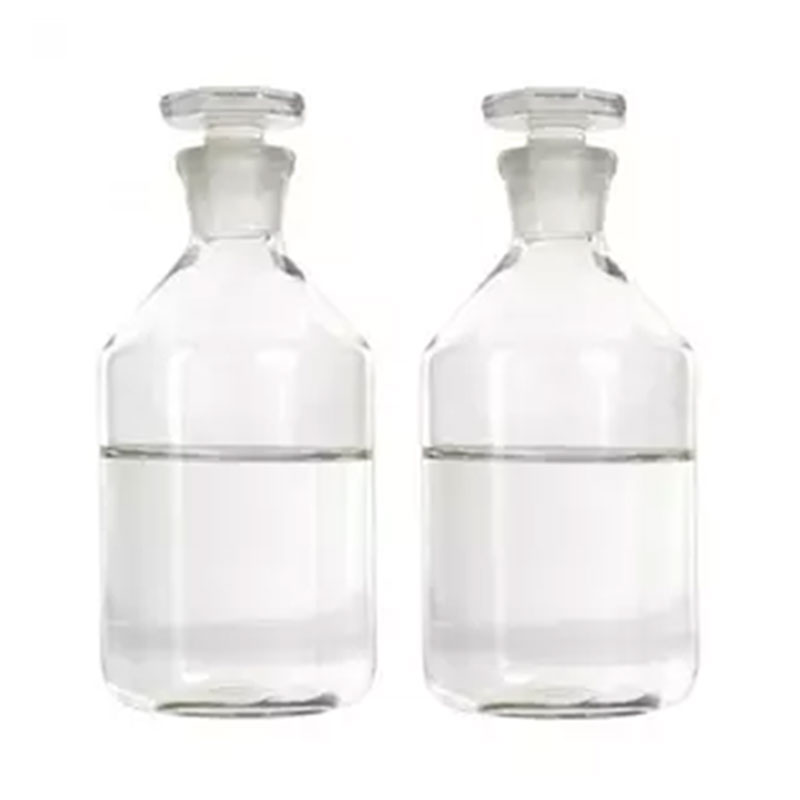
Ethyl acetate is the most familiar ester to many chemistry students and possibly the ester with the widest range of uses. Esters are structurally derived from carboxylic acids by replacing the acidic hydrogen by an alkyl or aryl group. Ethyl acetate itself is a colourless liquid at room temperature with a pleasant “fruity” smell, b.p. 77°C.
| Brand Name: |
Juming |
|
Model Number: |
Jm 141-78-6 |
|
Place of Origin: |
China |
|
Product Name |
Ethyl Acetate |
CAS |
141-78-6 |
|
MF |
C4H8O2 |
MW |
88.11 |
|
EINECS |
205-500-4 |
form |
Liquid |
|
color |
colorless transparent |
purity |
≥ 99% |
| Minimum Order Quantity: |
1kg |
|
Price: |
negotiation |
|
Payment Terms: |
T/T or western Union |
|
Supply Ability: |
10000kg per month |
|
Delivery Time: |
10 working days after received your payment |
|
Packaging Details: |
Packaging can be customized according to customer requirements |
|
Melting point |
−84 °C(lit.) |
|
Boiling point |
76.5-77.5 °C(lit.) |
|
density |
0.902 g/mL at 25 °C(lit.) |
|
vapor density |
3 (20 °C, vs air) |
|
vapor pressure |
73 mm Hg ( 20 °C) |
|
refractive index |
n20/D 1.3720(lit.) |
|
FEMA |
2414 | ETHYL ACETATE |
|
Fp |
26 °F |
|
Uses |
Ethyl acetate is used primarily as a solvent and diluent, being favored because of its low cost, low toxicity, and agreeable odor. For example, it is commonly used to clean circuit boards and in some nail varnish removers (acetone and acetonitrile are also used). Coffee beans and tea leaves are decaffeinated with this solvent.It is also used in paints as an activator or hardener.[citation needed] Ethyl acetate is present in confectionery, perfumes, and fruits. In perfumes, it evaporates quickly, leaving only the scent of the perfume on the skin. |
Copyright Jiangsu Juming Chemical Technology Co., Ltd. 2025 All Right Reserved.